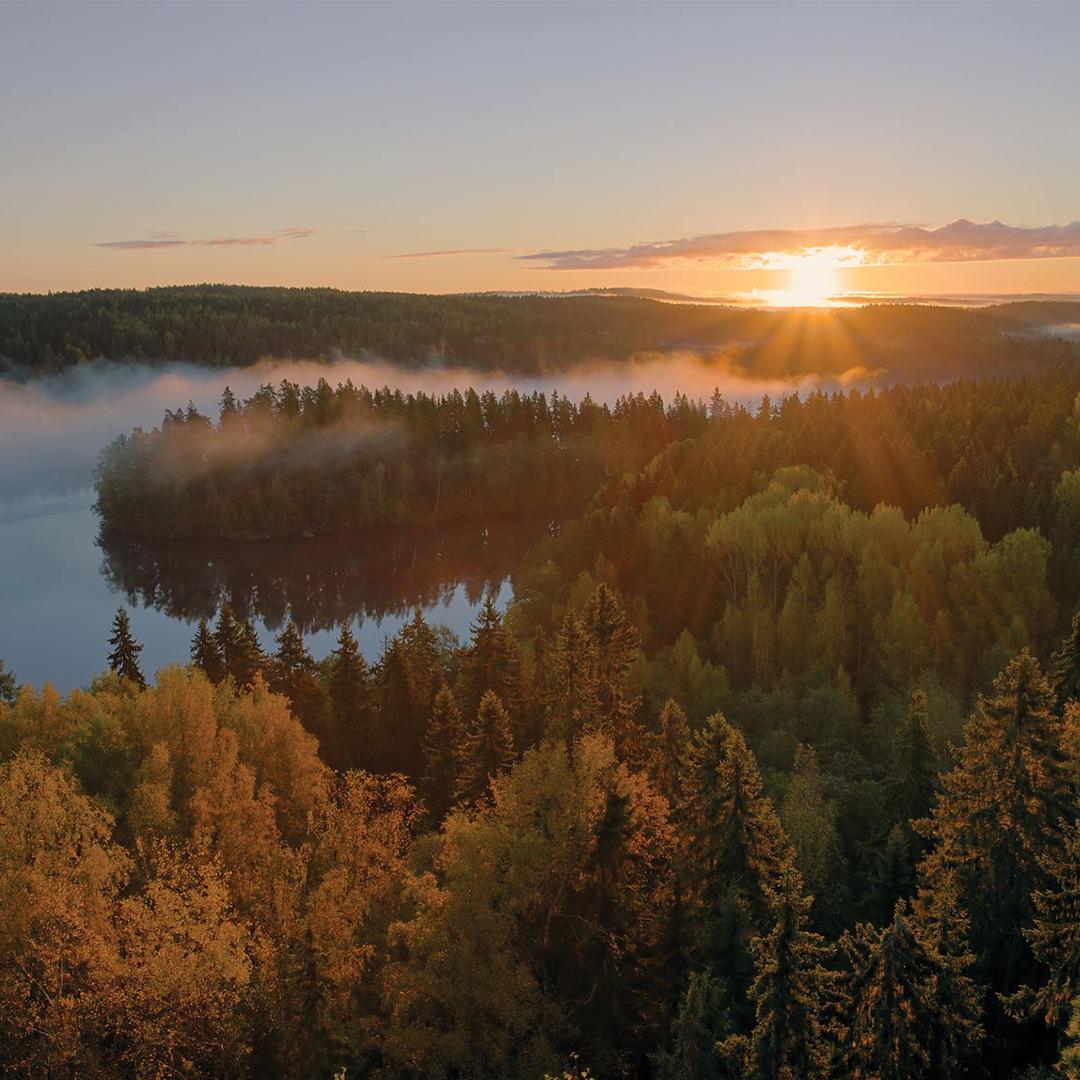Implementing RED directives – Adven insights from Estonia
This year, heat producers in Estonia had to, for the first time, demonstrate compliance with the Renewable Energy Directive. The audit results published for the year 2023 show that Adven’s renewable fuel for energy solutions fully complies with the established sustainability criteria.
From the beginning of 2023, the Renewable Energy Directive (RED) II applies in the European Union, aiming to fight against the climate change and steer businesses towards sustainable energy production. In Estonia, the relevant regulation by the Ministry of Climate establishes requirements for assessing the environmental sustainability of biofuels used by heat producers. For instance, the heat producer must be aware of the origin of forest land and non-forest land biomass used in energy production and, in the case of secondary biomass, have information on how and under what agreements the biomass reached the supplier. Additionally, energy producers must maintain mass balance-based records for biomass fuels by category.
Strengthening sustainability measures
The obligation to demonstrate the sustainability of fuel applies to production units with a nominal thermal capacity of at least 20 MW. Adven has such boiler plants in two larger energy centers in Estonia. It was necessary to prove, on a load-specific basis, the origin of biofuels for each property and compliance with sustainability principles throughout the entire supply chain.
“At Adven, we have committed to more sustainable energy production and practices already years ago. Our goal is to ensure that the biofuels we use are environmentally sustainable. The new legal requirements inspire us and also serve an opportunity to have additional external assessment to the sustainability of our processes, ” explains Merilin Kalmaru, Environmental and Quality Manager at Adven in Estonia. And expresses that as a result of the audit, Adven’s supply chain meets all the requirements for sustainable operations.
According to Merilin Kalmaru, the team gained significant experience during the initial audit on how to monitor and report sustainability principles more efficiently. To streamline the process, Adven plans to review supply contracts and develop digital solutions.
“Digital solutions were already a great help to us this time, but they need to be further improved. We are exploring ways to make it as easy as possible for suppliers to provide us with the necessary data. In contracts, we will articulate several points more precisely and provide guidelines on how to transmit information, for example, on digital delivery notes. If interested, we are also prepared to conduct info sessions for our partners, especially considering the upcoming RED III directive, which introduces additional requirements for demonstrating sustainability,” explains Merilin Kalmaru.
RED III expands the scope of demonstrating sustainability
The European Union’s renewed Renewable Energy Directive, or RED III, is expected to be implemented in the Estonian legal framework next year. With the updated directive, the criterion for proving sustainability will be reduced to 7.5 MW for production units, as opposed to the current 20 MW. For Adven, this means several additional energy sites for which the biomass supply chain needs to be controlled.
As one important innovation, RED III stipulates so-called no-go, i.e. prohibited areas, where the biomass from which it originates is not considered environmentally sustainable. In the sense of the directive, such areas are, for example, nature reserves and other areas with a high biodiversity, native forests, grasslands and wetlands.
“Some suppliers have approached us with clarifying questions when doubts have arisen regarding the compliance of certain properties with RED III area restrictions. Clarity on how the directive will be applied in Estonia is not yet established, but the new principle will undoubtedly shape our choices of partners,” Merilin Kalmaru adds.
Aligning with RED III directive
RED III guides the use of wood based on the cascade principle, encouraging the use of wood first for higher value-added purposes and only then for energy production. The directive links renewable energy subsidies with the cascade principle. The principle dictates that support may only be granted when the use of specific wood in the energy sector is the last option and cannot be otherwise devaluated. For example, it is more reasonable to build a house or make furniture from sawlogs than to produce wood chips from it.
“The stated principles provide clarity for both the forest industry and for us in the energy sector, highlighting climate policy objectives. Thorough control adds assurance to customers that our operations are environmentally conscious and sustainable, and conducted in collaboration with responsible partners and suppliers,” says Juhan Aguraiuja, Head of Adven’s Baltic Business.
Long-term goal is to use 100% renewable and recycled energy in our energy production
According to Juhan Aguraiuja, both the newly enacted and upcoming updates align with Adven’s long-term strategy. “In our plans and actions, we are guided by sustainable development, and in a very broad sense. Our entire energy production complies with environmental and occupational safety standards. We are constantly working on process improvements and have set ourselves a very ambitious goal to use 100% renewable and recycled energy in our energy production by 2040.“
Currently, Adven Estonia produces 82% of district heating energy from biofuels. Filters and flue gas condensators are installed in boiler plants to reduce environmental impact and air emissions. Collaboration with universities is also established to be informed of new technological solutions.
“The new requirements of the Renewable Energy Directive help steer energy policy towards a more sustainable future and create clearer rules and understanding for everyone. To ensure that the environment and the economy can coexist in balance, all stakeholders – forest owners, the forestry industry, energy companies, the government, and consumers – must seek and make efforts to find solutions,” adds Aguraiuja.

 Newsletter
Newsletter